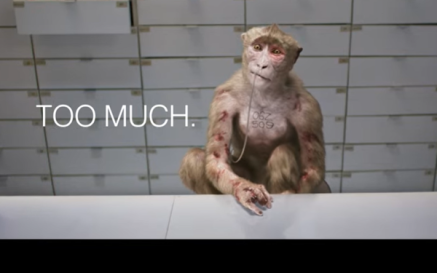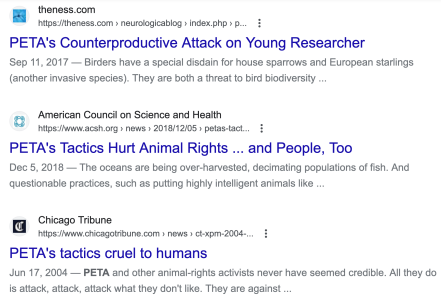 Well the Doc opened up the old mailbag today and here’s what poured out.
Well the Doc opened up the old mailbag today and here’s what poured out.
Dear Dr. Ads,
There I was, minding my own business and paging through the Wall Street Journal, when I came across this story by Patience Haggin about the latest scheme to monetize everyday life.
United Airlines Weighs Using Passenger Data to Sell Targeted Ads
United Airlines is considering using its passenger information to help brands serve targeted ads to its customers, joining a growing number of companies trying to tap their troves of user data for advertising purposes.Some of these targeted ads could appear on its in-flight entertainment system or on the app that people use to book tickets and check-in, people familiar with the matter said. United hasn’t made a decision yet and may choose not to launch a targeted-advertising business, some of the people said.
Really, Doc – the airlines are gonna charge me for everything except the overhead reading light (at least for now), then pepper me with data-driven product pitches? That’s just wrong, don’t you think?
– Flight Risk
Dear FR,
In case there was any doubt, it’s clear by now that the law of the land in America is No Ad Left Behind. Exhibit Umpteen: This year’s Macy’s Thanksgiving Day Parade, which was one long commercial interrupted by commercial breaks. It also drew its biggest TV audience ever, so clearly the viewing public is undeterred by the endless adstravaganza.
According to the Journal piece, “United executives are carefully considering how to launch personalized ads in an effort not to annoy their passengers or alarm them with overly specific messages.” But the wave of the present is clear.
U.S. marketers are expected to spend $46.4 billion on so-called “retail media” advertising—ads sold based on data from a retailer that doesn’t traditionally sell ads but has customer data from their core business—this year, according to research firm Insider Intelligence. Non-retail companies with customer data are also jumping on the bandwagon.
Last year, Marriott launched its own ad business that lets advertisers buy personalized ads on hotel room TV sets, in the Marriott app and in emails based on the hotel chain’s customer data. Marriott’s loyalty program had 164 million members when the ad business launched last year.
That kind of addressable advertising has long been the marketing industry’s dream, especially for television commercials.
Here’s how it would work: By crunching both consumer and cable-box data, advertisers could send specific TV spots to specific households. So, for instance, the Doc might see ads for Carnival Cruises, Centrum Silver, and Ensure during A Charlie Brown Christmas, while the young nuclear family living downstairs – watching the same show at the same time – would get ads for DisneyWorld, Flintstones Vitamins, and Juicy Juice.
The industry’s dream for targeted TV spots, though, has largely been just that – an elusive marketing mirage. U.S. advertisers will spend roughly $4 billion on addressable TV ads this year, which is lunch money given overall TV ad spending of $72 billion.
But there’s plenty of opportunity elsewhere, including the ad-friendly skies of United. Wherever data can be mined, marketers will find a way to extract advertising.
No Ad Left Behind.
The Doc would say Get used to it, folks, but you pretty much already have.




